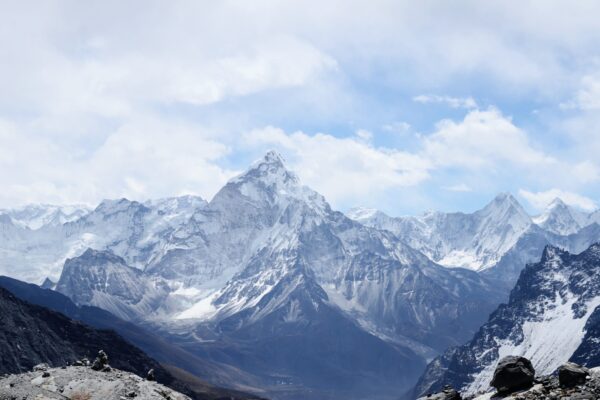Staff Correspondent, 12 Sept 2022
On the 76th Independence of India, New Delhi announced that 11 more wetlands of the country have been given Ramsar recognition, taking the tally of Ramsar sites in India to 75. What is a Ramsar site and why is it important, explains our special correspondent.
What is Ramsar Convention?
In 1971, a convention between governments was signed for the conservation of wetlands and their resources. Since the convention was signed in the Iranian city of Ramsar and came to be known as Ramsar convention. The convention came into force in 1975, four years after it was first signed. Almost 90% of United Nation’s member states have acceded to becoming “contracting parties.”
The mission of the Ramsar Convention is “conservation and wise use of all wetlands through local and national actions and international cooperation, as a contribution towards achieving sustainable development throughout the world.”
The signatories are committed to adhere to the “three pillars” of the convention – work towards the wise use of all their wetlands; designation of suitable wetlands for the list of Wetlands of International Importance (the “Ramsar List”) and ensuring their effective management; cooperate internationally on transboundary wetlands, shared wetland systems, and shared species.
The parties approved the Fourth Strategic Plan for 2016-2024 at the Conference of the Parties (COP),12
How is a wetland defined?
The Ramsar Convention on Wetlands defines wetlands as “areas of marsh, fen, peat land or water, whether natural or artificial, permanent or temporary, with water that is static or flowing, fresh, brackish or salt, including areas of marine water the depth of which at low tide does not exceed six meters.”
How a Ramsar site is designated?
According to Article 2.1 of the Convention, ‘Each Contracting Party shall designate suitable wetlands within its territory for inclusion in a List of Wetlands of International Importance, hereinafter referred to as “the List”[…] The boundaries of each wetland shall be precisely described and also delimited on a map and they may incorporate riparian and coastal zones adjacent to the wetlands, and islands or bodies of marine water deeper than six meters at low tide lying within the wetlands […].’
It also said, “any wetland which meets at least one of the Criteria for Identifying Wetlands of International Importance “can be designated by the appropriate national authority to be added to the Ramsar List.
The global first Ramsar site was the Cobourg Peninsula in Australia which was designated in 1974. As per records, the largest Sites are Rio Negro in Brazil (120,000 square kilometers), Ngiri-Tumba-Maindombe in the Democratic Republic of Congo, and Queen Maud Gulf in Canada. The United Kingdom and Mexico are the two countries with the most Sites in the United Kingdom.
The Indian story
India is one of the Contracting Parties to Ramsar Convention and signed on Feb 1, 1982. According to government records, from 1982 to 2022, the country has added 75 new wetlands to the list of Ramsar sites.
The southern state of Tamil Nadu has a maximum no. of Ramsar sites (14 nos), followed by northern Uttar Pradesh state which has 10 nos. of Ramsar sites.




